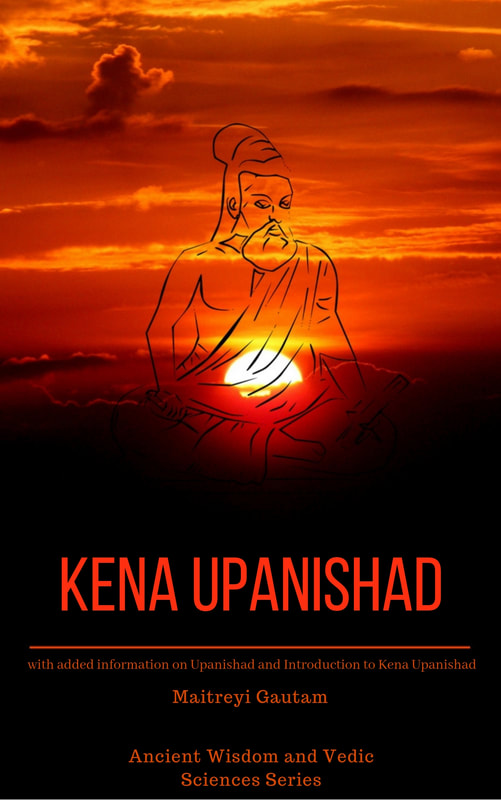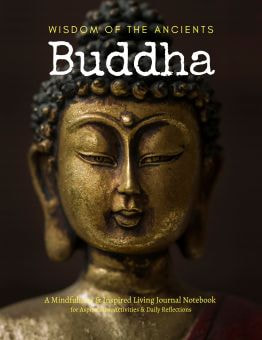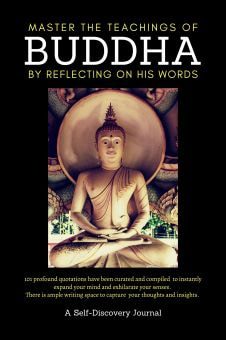Durga is one of the most revered goddesses in Hindu mythology and embodies a powerful archetype that is significant not only in the Indian subcontinent but also among global enthusiasts of Hindu philosophy. She represents the archetype of a fierce warrior and protector, embodying strength, courage, and righteous wrath against evil.
Durga is often depicted as a radiant and fierce woman riding a lion or tiger, with multiple arms carrying weapons, and engaged in battle with the buffalo demon Mahishasura. This imagery and the mythological narratives surrounding her serve as metaphors for the spiritual and moral battles that every human being faces.
The lion or tiger that Durga rides symbolizes strength and courage, showcasing the necessity of these attributes in confronting and overcoming obstacles in life. Her multiple arms carrying various weapons represent the diverse tools and resources one needs to combat different challenges. Each weapon has its own symbolism, representing different attributes needed to combat negativity and evil, such as wisdom, discernment, and strength.
Durga's battle with the buffalo demon Mahishasura is symbolic of the fight between good and evil, righteousness and unrighteousness, and knowledge and ignorance. Mahishasura, who could change forms, represents the deceptive and constantly shifting nature of negativity and challenges in life. By defeating Mahishasura, Durga signifies the triumph of good over evil and the importance of standing up against injustice and oppression.
Durga is also associated with motherhood and nurturing, often referred to as the "Divine Mother." This archetype emphasizes the nurturing and protective qualities of a mother, highlighting the importance of caring for and safeguarding the well-being of others. In this aspect, Durga embodies the strength and love that come from a mother's protective instinct.
Additionally, Durga is considered a multifaceted goddess with various forms, including Parvati, Kali, and Ambika, representing different facets of her personality and aspects of her divine energy. These different forms signify her versatility and adaptability in responding to diverse challenges and situations. The numerous facets of Durga underscore the importance of embracing multiple roles and adapting to different circumstances in life.
In essence, the archetype that Durga signifies is that of a powerful protector and a fierce warrior against evil, embodying strength, courage, and righteousness. She symbolizes the triumph of good over evil, the importance of standing up against injustice, and the nurturing and protective qualities of a mother.
Durga's multifaceted nature also emphasizes the value of versatility and adaptability in responding to life's challenges. Through her archetype, Durga inspires individuals to be strong, courageous, and righteous in their pursuit of justice, protection, and nurturing of others.
Durga is often depicted as a radiant and fierce woman riding a lion or tiger, with multiple arms carrying weapons, and engaged in battle with the buffalo demon Mahishasura. This imagery and the mythological narratives surrounding her serve as metaphors for the spiritual and moral battles that every human being faces.
The lion or tiger that Durga rides symbolizes strength and courage, showcasing the necessity of these attributes in confronting and overcoming obstacles in life. Her multiple arms carrying various weapons represent the diverse tools and resources one needs to combat different challenges. Each weapon has its own symbolism, representing different attributes needed to combat negativity and evil, such as wisdom, discernment, and strength.
Durga's battle with the buffalo demon Mahishasura is symbolic of the fight between good and evil, righteousness and unrighteousness, and knowledge and ignorance. Mahishasura, who could change forms, represents the deceptive and constantly shifting nature of negativity and challenges in life. By defeating Mahishasura, Durga signifies the triumph of good over evil and the importance of standing up against injustice and oppression.
Durga is also associated with motherhood and nurturing, often referred to as the "Divine Mother." This archetype emphasizes the nurturing and protective qualities of a mother, highlighting the importance of caring for and safeguarding the well-being of others. In this aspect, Durga embodies the strength and love that come from a mother's protective instinct.
Additionally, Durga is considered a multifaceted goddess with various forms, including Parvati, Kali, and Ambika, representing different facets of her personality and aspects of her divine energy. These different forms signify her versatility and adaptability in responding to diverse challenges and situations. The numerous facets of Durga underscore the importance of embracing multiple roles and adapting to different circumstances in life.
In essence, the archetype that Durga signifies is that of a powerful protector and a fierce warrior against evil, embodying strength, courage, and righteousness. She symbolizes the triumph of good over evil, the importance of standing up against injustice, and the nurturing and protective qualities of a mother.
Durga's multifaceted nature also emphasizes the value of versatility and adaptability in responding to life's challenges. Through her archetype, Durga inspires individuals to be strong, courageous, and righteous in their pursuit of justice, protection, and nurturing of others.






















